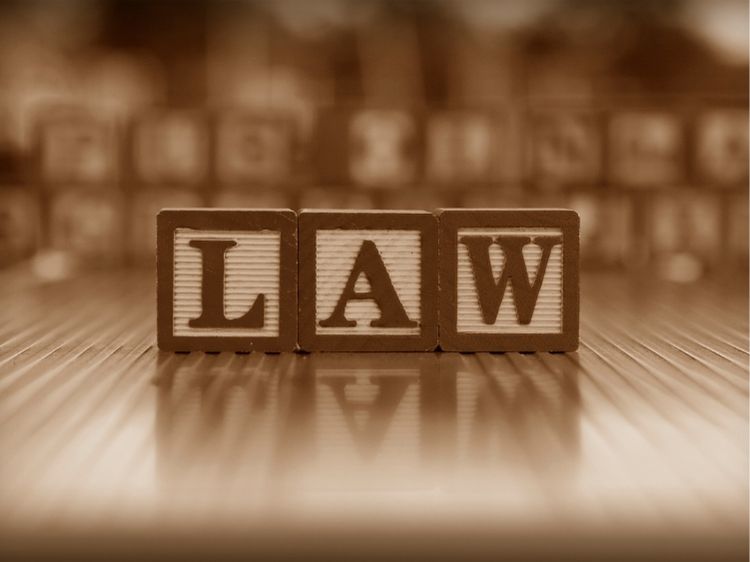In today’s marketplace, product safety is paramount. Yet, accidents and injuries related to faulty products continue to arise. This is where product liability claims come in, offering legal recourse for consumers harmed by defective goods. Understanding the types of product liability claims can be beneficial for both consumers and businesses, helping them navigate potential risks and legal responsibilities. In this article, we’ll break down the primary types of product liability claims, why they matter, and answer some frequently asked questions. Let’s dive in!
What Is Product Liability?
Product liability refers to the legal responsibility a manufacturer, distributor, or seller has if a product they made or sold causes harm. Essentially, it’s a way for consumers to hold companies accountable for their products.
There are three main types of product liability claims that consumers can pursue: design defects, manufacturing defects, and failure-to-warn claims. Each type covers a unique aspect of how a product might go wrong, and understanding these distinctions is crucial.
Types of Product Liability Claims
1. Design Defects
A design defect claim occurs when a product is inherently unsafe due to a flaw in its design, even if manufactured perfectly. In these cases, the design itself is dangerous and could pose harm to users.
Examples of Design Defects:
- Unstable Furniture: Items like dressers or shelves that are prone to tipping over, especially when used by children.
- Faulty Brakes in Vehicles: Vehicles designed with braking systems that fail under certain conditions can lead to design defect claims.
- Poorly Designed Toys: Toys with small, detachable parts that are a choking hazard can fall under this category.
In a design defect case, the plaintiff must show that the product could have been designed differently to avoid harm. They must also demonstrate that this alternative design would have been reasonable and cost-effective for the manufacturer.
2. Manufacturing Defects
Manufacturing defects are among the most common types of product liability claims. These arise when a product is correctly designed but something goes wrong during the production process. Unlike design defects, not all items of a particular product line are affected by a manufacturing defect—it may only apply to a single batch or even just a few units.
Examples of Manufacturing Defects:
- Contaminated Food Products: Food items contaminated with bacteria during production.
- Faulty Electronics: A smartphone with a faulty battery that overheats and explodes.
- Medication Contamination: Pharmaceuticals that get contaminated or altered due to mishandling during manufacturing.
In these cases, the plaintiff must prove that the product was defective because of something that happened during manufacturing. They also need to demonstrate that this defect led to their injury.
3. Failure to Warn (Marketing Defects)
Failure to warn, also known as a marketing defect, occurs when a product does not include adequate warnings or instructions, making it dangerous to users. Manufacturers are responsible for providing clear warnings about potential risks associated with using their products.
Examples of Failure to Warn:
- Chemical Products: Household cleaning agents should have warnings about toxic fumes or skin irritation.
- Medications: Prescription drugs must clearly outline potential side effects, including rare but severe risks.
- Power Tools: Tools like saws or drills should come with warnings about safe handling to avoid injuries.
In failure-to-warn cases, plaintiffs must prove that the lack of warning directly led to their injury. Manufacturers are expected to foresee potential risks and inform consumers accordingly.
Proving a Product Liability Claim
Successfully pursuing a product liability claim requires that plaintiffs establish the following elements:
- The Product Was Defective: Whether it was a design, manufacturing, or failure-to-warn defect, the product must be shown to have a problem.
- The Defect Caused Injury: The plaintiff must prove that the defect directly led to their injury.
- The Product Was Used as Intended: Generally, the product must have been used according to its intended purpose.
Each of these elements plays a critical role in strengthening a claim. Courts often rely on expert testimonies and evidence, like product testing and accident reports, to verify claims.
Why Are Product Liability Claims Important?
Product liability claims protect consumers from harm and hold companies accountable for the safety of their products. These claims:
- Encourage Safer Designs: Companies are motivated to design safer products to avoid potential lawsuits.
- Promote Responsible Manufacturing: Strict quality control can help companies prevent manufacturing defects.
- Raise Awareness: When companies are transparent about risks, consumers can make informed choices.
Common Defenses Against Product Liability Claims
Not all claims result in a win for the plaintiff. Manufacturers have several defenses at their disposal, including:
- Assumption of Risk: If a user was aware of the risk and chose to proceed, they may not have a valid claim.
- Product Misuse: If the product was used in a way it was not intended, the manufacturer might argue this as a defense.
- Alteration of Product: If the product was altered after purchase, the company might not be held responsible.
FAQs About Product Liability Claims
Q1: What is the statute of limitations for product liability claims?
The statute of limitations varies by state but generally ranges from one to four years from the date of injury. It’s essential to consult a legal expert to understand the specific timeline in your jurisdiction.
Q2: Do I need a lawyer for a product liability claim?
While not required, a lawyer can provide valuable guidance in navigating the legal complexities and improve the chances of a successful outcome.
Q3: Are all defective products eligible for a claim?
Not necessarily. The product must meet the criteria of being defectively designed, manufactured, or lacking adequate warnings, and it must have caused injury.
Q4: Can I file a claim for a recalled product?
Yes, if the recalled product caused harm before the recall, you may still have grounds for a claim.
Q5: What compensation can I seek in a product liability case?
Compensation often includes medical expenses, lost wages, pain and suffering, and, in severe cases, punitive damages.
Summary
Product liability claims are essential for ensuring consumer safety and encouraging manufacturers to produce high-quality products. By understanding the types of product liability claims—design defects, manufacturing defects, and failure-to-warn issues—consumers and companies alike can better navigate these challenges and work toward a safer marketplace.
Authoritative Links for Further Reading:
- U.S. Consumer Product Safety Commission (CPSC): www.cpsc.gov
- National Consumer Law Center (NCLC): www.nclc.org
- American Bar Association (ABA) – Product Liability: www.americanbar.org/groups/products/


